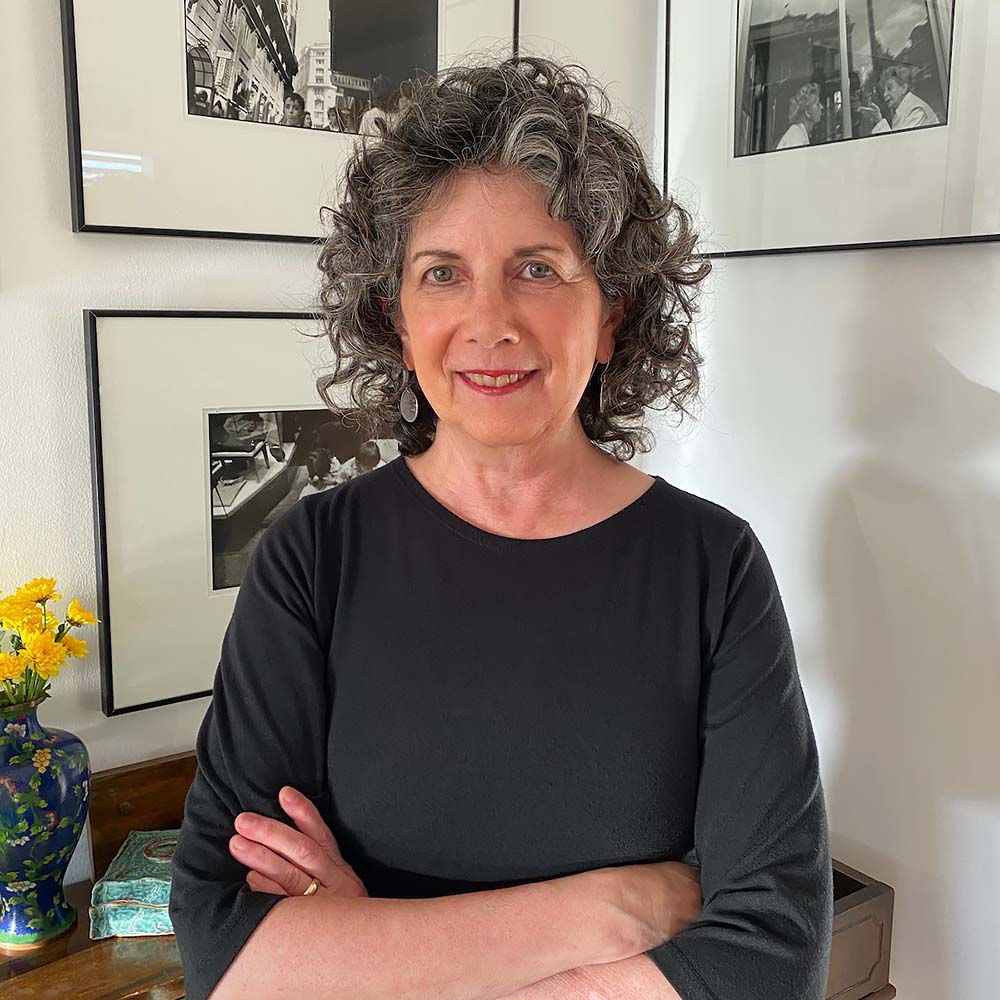Carole Glauber is an internationally exhibiting, award-winning photographer and photo-historian, based in Israel since 2017. She has a B.S.Ed and a M.Ed. and is the author of two books: "Personal History" (Daylight Books) and "Witch of Kodakery: The Photography of Myra Albert Wiggins 1869-1956" (Washington State University Press). Her photographs have been exhibited in the United States and Europe including PH21 Gallery in Budapest, ValidFoto in Barcelona, Festival Pil'Ours in France, and The Center for Fine Art Photography, Blue Sky Gallery, ASmith Gallery, Soho Photo Gallery, the Griffin Museum of Photography, and the Dr. Bernard Heller Museum amongst others in the United States. Her book "Personal History" received a silver medal from the PX3 Prix de la Photographie Paris and three gold and bronze medals from the Budapest, Tokyo, and Moscow International Foto Awards. Her photography honors include PX3 Prix de la Photographie, Paris, the International Photography Awards, the Tokyo International Foto Awards, the Julia Margaret Cameron Awards, the Pollux Awards, the Mobile Photography Awards, PHmuseum, and the International Krappy Kamera Competition. She is the recipient of a Peter E. Palmquist Photographic History Research Fellowship, a Winterthur Museum Fellowship, an Oregon Humanities Research Fellowship, and numerous grants for her photographic research. She continues her studies and teaching of History of Photography and making photographs of her experiences and observations based on her curiosity and sense of spontaneity.
Statement
My book, "
Personal History" explores the lives of my sons, Ben and Sam—a span covering 30 years. I used a 1950's Kodak Brownie Hawkeye camera for this work which I tried by chance, and discovered I related to the soft colors, the imperfections, and the transcendent quality of the image. During childhood and adolescence, we first experience the world. Spells are woven, our thoughts wander, curiosity grows, and our memories are sown. Friendships, dream chasing, and absorbing knowledge under the glare of the day can all happen. It is the time to discover by divergent thinking; to create, love, and energize without practical concerns of the day. Travel and seeing the world are fresh. They are like waves lapping on the beach. I invited Ben and Sam to write essays about being photographed by their mother for so many years. In effect, they have the final word. For me, the opportunity to photograph my children is like a calm breeze and now I can run with the memories recorded in the soft imagery of time.
